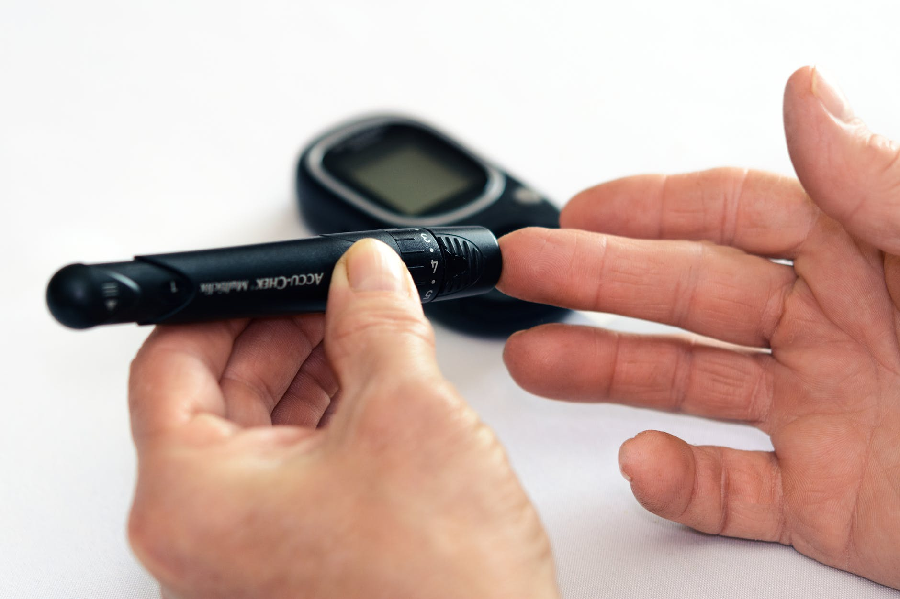Diabetes is a chronic health issue, in which your body either does not make sufficient insulin or is unable to use the produced insulin as much as it should do. Insulin is released by your pancreas when the sugar level in your bloodstream goes up, as the food you eat gets broken down into sugar or glucose. When enough insulin is not being produced, or your cells stop responding to insulin, the sugar in your blood stays for a longer time. This causes serious health problems in the future like heart disease, kidney disease, or vision loss. There are portable devices that help you in monitoring the blood glucose level at home such as one touch select glucometer. It provides reliable and accurate results with a two-step testing process.
Diabetes can be classified into three main categories as type 1, type 2, and gestational diabetes. Patients with type 2 diabetes generally have a decreased lung function in comparison to others without diabetes. It is not compulsory to have a lungs problem if you are diabetic. When your body restricts the production of insulin due to an autoimmune reaction, you are having type 1 diabetes. You may need to take insulin every day. For type 2, the insulin produced by your body is not be used as much as it should have been. It is easily curable with a healthy lifestyle, losing weight and physical activities. Gestational diabetes occurs in pregnant women and has chances to get type 2 diabetes after delivery. At the same time, the baby may develop certain health issues.
The general symptoms of diabetes are increased hunger and thirst, loss in weight, frequent urination, blurry vision, extreme fatigue, and body sores. Men may have reduced sex drive, erectile dysfunction, and loss in muscular strength. While women can face problems like yeast infections, infection in the urinary tract, dry and itchy skin.
Does Diabetes affect oxygen level?
people with diabetes having a poor immune system. They are more likely to catch a cold, flu, or another illness in comparison to general folk. Diabetes can lead to pneumonia, tuberculosis or chronic obstructive pulmonary disease. With diabetes, you can suffer from severe breathing problems in extreme temperatures. If you are a diabetic patient and you smoke badly at the same time, then your lung’s elasticity may be severely reduced, resulting in COPD. With diabetes, you have an increased level of inflammatory compounds in your body like C-reactive protein. This reduces the functioning of the lungs. Visit a pulmonologist to identify if your lungs can take a sufficient amount of oxygen and can further deliver to your blood properly. If you are having insufficiency of oxygen then get an oxygen cylinder on rent. If you maintain a good diabetic level in your body then the risk of difficulty breathing can be reduced.
Ketoacidosis affects diabetics, having a symptom of rapid or laboured breathing. It is also termed as Kussmaul breathing. In this case, glucose and ketones in the blood are in higher-level causing diabetic ketoacidosis. Diabetes causes kidney failure which further may result in Anemia. When there is a shortage of red blood cells, the amount of oxygen being carried gets reduced, resulting in a loss of breath.
Diabetes and lung functional problems may not be connected directly with each other but yes diabetes at times do affect your lungs or the oxygen supply to your body.
Reference Links: https://www.cdc.gov/diabetes/basics/diabetes.html

